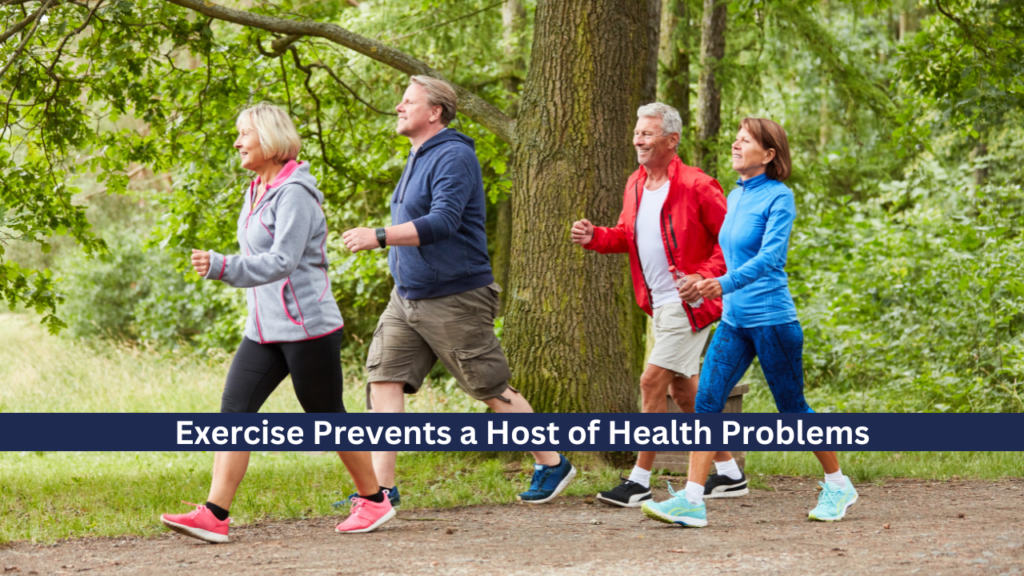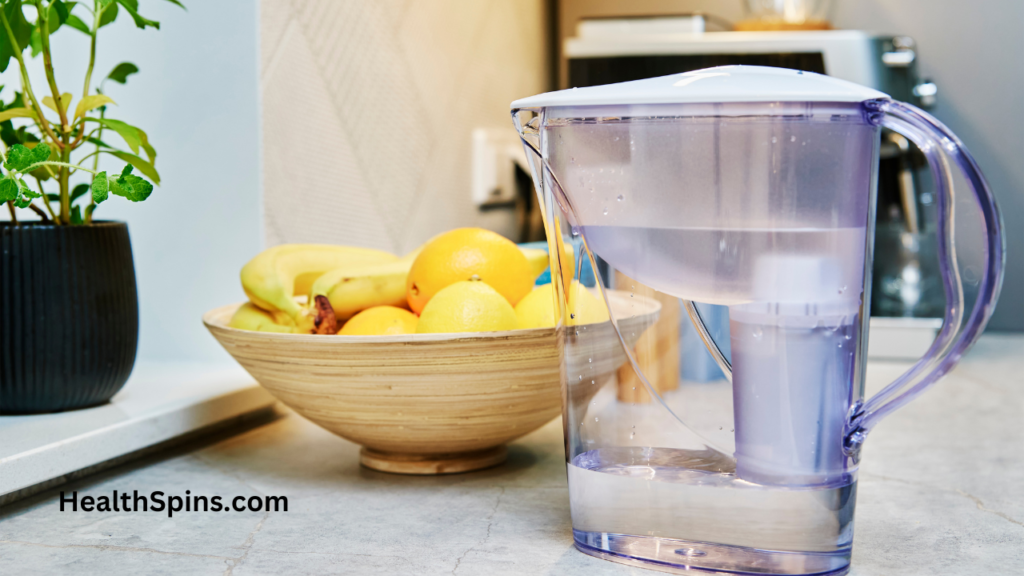The National Cancer Institute reports that in 2023, close to 2 million people will have been diagnosed with some sort of cancer. These days, cancer affects almost everyone, either personally or through loved ones.
The numbers are staggering. They emphasize just how vital it is that we start thinking about cancer prevention at least as much as we do about cancer cures.
There’s a common perception that cancer is somehow completely beyond our control. However, over 40% of the cases, along with close to half of the deaths, have a link to preventable causes.
The rest of this post is about sharing some expert advice on how you can reduce the risk of cancer with lifestyle changes.
Understanding Cancer and its Risk Factors
When you have cancer, cells that are not working normally grow, spread, and get out of hand. These cells can damage good body tissue to the point of death.
We can categorize cancer risk factors into two groups:
- Manageable
- Not manageable
You can’t really manage prevention when it comes to your genetics or family history.
However, it is in your control to manage your lifestyle choices. And it is your lifestyle choices that play a huge role in your personal risk factors.
Making informed and intelligent decisions about your daily habits can significantly reduce your risk of developing cancer.
Cancer Prevention
Cancer prevention is something we can all do by taking steps to lower risks. When it comes to how to prevent cancer, just knowing what increases risk factors and making healthy choices can make a significant difference.
Prevention is better than a cure because it stops problems before they start. Preventing cancer will save you from the agony and stress of cancer treatments. Most of the time it’s easier to prevent issues than to treat them after they’ve already caused damage.
So, let’s take a look at some information about some known cancer causes and protecting yourself from various cancer types.
1. Avoiding Tobacco
To lower your chances of developing cancer, it’s crucial to steer clear of tobacco in any form. Tobacco use is responsible, for 30% of cancer related deaths. Smoking is associated with types of cancer such as lung, mouth, esophageal and pancreatic cancers.
None of the tobacco products—be it cigarettes, e cigarettes, cigars, chewing tobacco or hookahs—are safe. Exposure to smoke can significantly increase the risk of lung cancer.
Quitting tobacco use is essential for preventing cancer. It’s never too late to quit. There is plenty of support from healthcare professionals who can provide stop smoking aids, counseling services, and group support to assist you throughout this process.
The health benefits of kicking the smoking habit start immediately and continue to improve over time.
2. Maintaining a Healthy Weight and Active Lifestyle
In case you didn’t know, America is struggling with an epidemic of obesity. And you should know that being overweight is a significant marker for breast, lung, colon, and kidney cancer.
When you’re overweight your body is overproducing and over cirulating estrogen and insulin. Both of these can fuel cancer growth. So, maintaining a healthy weight with a healthy diet and regular exercise is a step towards preventing cancer that is within your control.
Regular exercise
The American Institute for Cancer Research recommends that we get at least 150 minutes of exercise every week to prevent cancer.

Cancer is by no means the only health problem associated with obesity, and regular exercise is known to promote a much healthier you. And it doesn’t really matter if it’s taking a walk, riding an exercise bike, or some type of physical sports activity, any physical activity is important.
In fact, you never have to leave home to get the best exercise for heart health and reducing your cancer risk.
3. Stick to a Cancer Prevention Diet
Being mindful of the food and drink you consume is critical when it comes to a cancer prevention overview. Some studies indicate that as much as half of cancers are linked to what we are eating and drinking and this is part of the mind-body connection.
Maintaining a meal plan that’s built around fruits, vegetables, whole grains, and legumes is your best protection when it comes to the food you consume. Those are the foods packed with nutrients such as vitamins, minerals, antioxidants, and fiber—the foods you must have for the best health possible and to lower risk.
Meat
Limit your consumption of red meat, and try to avoid all processed meats (processed sandwich meats in particular). The International Agency for Research on Cancer has classified processed meats as carcinogenic, a substance that can damage your immune system and increase the risk of developing cancer.
Focus on lean proteins like fish, poultry, and plant-based foods instead.
Alcohol
Another significant risk factor to be wary of is alcohol consumption. Cutting down on alcohol consumption can lower the chances of developing types of cancer, such, as breast, colon, lung, kidney and liver cancer.
The American Cancer Society recommends avoiding alcohol altogether. If you do drink, it’s best to limit yourself to two drinks a day for men and one for women.
The Mediterranean diet
The Mediterranean diet has long been associated with cancer prevention. It is based on plant-based foods, healthy fats, like olive oil, and fish for lean proteins. A great way to protect many facets of your health.
4. Filter Your Tap Water
Tap water may contain harmful chemicals and contaminants, such as chlorine and lead.
To remove these cancer-causing chemicals and reduce your exposure to them, install a water filter, or use a pitcher type water filter. Water filters are a great way to include cancer prevention tactics. They can remove most of the toxic chemicals making it safer for consumption.

You can also choose bottled water, but that can become expensive, and you have to be careful about the container manufacturing and how you store it.
5. Use Natural Cleaning Products
Most commercial cleaning products are based on harmful chemicals that are known to be toxic to your health.
It’s best to either use home-made products or look for places to buy natural cleaning products to reduce your exposure to these toxins.
There are actually a lot of products that advertise that they are green and safe, but it’s wise to check the ingredients for yourself.
6. Use Glass and Avoid Plastic Containers
Some plastic containers contain chemicals that can leach into food and drinks, especially low-quality ones and comprimise your gut health.
As much as possible, try to reduce your exposure to plastic containers. Glass is also much safer for the food you keep in your refrigerator.
Another carcinogen is the non-stick coating that peels off your pots and pans. When it comes to preventing cancer, materials like stainless steel are much safer than aluminum or non-stick pans.
7. Reduce Exposure To Air Pollution
Polluted air can contain harmful chemicals that increase cancer risk.
Avoid areas with heavy traffic and industry when you can. I am personally against the government mandating mask, but one good thing has come from that. We can now feel free to wear a mask when we realize we are going to be in heavily polluted areas.
You can wear a mask for your health and preventative care without looking outlandish, because plenty of people wear them today.
At home, you can use air purifiers to clean the air you’re breathing. Additionally, ensure your home has adequate ventilation to minimize air pollution from cooking fumes and household cleaners.
8. Use Natural Personal Care Products
Most conventional personal care products are full of harmful chemicals that are known to increase the risk of cancer. Look out for cosmetics and personal care products that contain parabens and phthalates.
Make it a habit to read all product labels and begin researching the chemical names.
9. Protecting Yourself from the Sun
Skin cancer is the most common type of cancer in both the United States and globally, with over 9,500 Americans receiving diagnoses daily. Thankfully, it is also highly preventable. Proper sun protection plays a role in lowering your vulnerability to skin damage and skin cancer.
To shield yourself from ultraviolet (UV) rays steer clear of sunlight between 10 a.m. And 4 p.m. when UV rays are, at their peak intensity. Whenever you’re outdoors try to stay in areas whenever possible and wear attire like a wide brimmed hat and sunglasses that block UV rays effectively. Sunscreen is crucial—make sure to use spectrum sunscreen with an SPF of least 30 every day; even when its cloudy.
10. Getting Vaccinated
Vaccinations can protect you against some viral infections known to increase cancer risk. The human papillomavirus virus (HPV) is a common sexually transmitted infection that can cause cervical and other genital cancers. The HPV vaccine can prevent HPV.
Hepatitis B is another virus linked to cancer, specifically liver cancer. The hepatitis B vaccine is available for all age groups and is especially important for those at higher risk, such as healthcare workers and people with multiple sexual partners.
11. Regular Screenings and Medical Care
You can greatly improve your chances for successful cancer treatments and health care with early detection. It’s dangerous to skip regular self-exams as well as routine screenings. These will help find cancer in the earliest stages when it’s the most treatable.
The Centers for Disease Control and Prevention (CDC) recommends specific screening tests to prevent or catch cancer early:
- Breast cancer screening: Mammograms are recommended for women aged 50 to 74 every two years, but those with a higher risk may need to start earlier.
- Cervical cancer screening: Pap smears and HPV tests are recommended for women aged 21 to 65.
- Colorectal cancer screening: Various tests are recommended for adults aged 45 to 75.
- Lung cancer screening: Low-dose CT scans are recommended for adults aged 50 to 80 who have a history of heavy smoking.
12. Knowing Your Family History
An important part of cancer prevention is knowing your family’s medical history. Certain cancers, like breast, ovarian, uterine, and colorectal cancers, can run in families.
Knowing and sharing your family’s cancer history with your healthcare provider enables them to make better decisions about screenings and your health.
Ask your relatives about:
- Who in the family has had cancer and what type?
- What age did they find out?
- What is the current status
Conclusion
Cancer is a terrible reality in today’s world, but many risk factors are within our control.
I’ve listed several ways you can take control of your risk factors and take an active role in your own cancer prevention. I’m sure it’s almost impossible to put every thing I’ve mentioned into action. However, in my opinion, the most important thing we can do is just start taking an active role in preventing cancer as much as possible.

